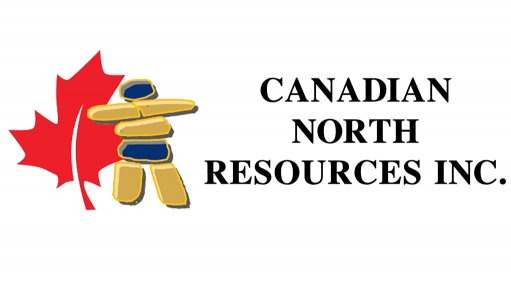
Canadian mining exploration and development company Canadian North Resources Inc. (CNRI) has announced the presence of extensive granitic pegmatite minerals on its Ferguson Lake property. In addition, it plans to explore the potential for lithium minerals during 2023.
The regional geology and tectonic environment are favourable for lithium mineralisation, although the potential for lithium minerals has never been explored at the Ferguson Lake area. CNRI will undertake its first lithium-specific exploration programmes during the year.
The company is already exploring for nickel (Ni), copper (Cu), cobalt (Co), platinum and palladium (PGM) within the Canadian Strategic Metals Initiative (SMI). The potential for lithium minerals is additional to this.
“We are examining the granitic pegmatites for their potential for hosting lithium minerals over the large area at the Ferguson Lake project,” says CNRI President and CEO Dr Kaihui Yang.
“We reviewed the regional geology and noticed the potential for lithium minerals, while aggressively drilling to expand the mineral resources of the nickel, copper, cobalt and PGM-rich mineralised zones at the Ferguson Lake project. We are exploring and assessing all the valuable critical minerals that could possibly be present over the area.”
The Ferguson Lake area is located in the southern part of Nunavut, Canada, within the northern Canadian Shield, a region favourable for hosting economic base and precious metals, uranium and lithium mineralisation.
The granitic pegmatites, as recorded in the historical geological maps (see Figure 1 in the images above), were identified from the outcrops in large areas on the surface of the Ni-Cu-Co-PGM mineralised West Zone and the East Zone.
In the East Zone (see Figure 2 in the images above), the pegmatites occur with quartz diorite, granite, gneiss and mafic outcropping rocks over an area of 4.5 km long by 1.5 km wide. The pegmatites were also found in some drill cores testing south of the East Zone. Similar pegmatites had been mapped over an area of 2.0 km by 1.2 km in the West Zone.
The granitic pegmatites, identified from the outcrops in large areas on the surface, occur as dike swarms identified in outcrops as veins and plugs of variable widths over both the core mining leases and surrounding the exploration claims.
The pegmatites could potentially host lithium-bearing minerals, and CNRI plans to begin investigating the lithium potential associated with these pegmatites throughout the 2023 field season.
Strategic Metals Initiative
The SMI is a Canadian government programme that aims to secure the supply of critical metals and minerals for Canadian industries, including the manufacturing, technology and clean energy sectors.
Canada has identified a list of 31 strategic metals and minerals, including lithium, cobalt, rare earth elements and graphite, that are essential for the production of high-tech products, electric vehicles, and renewable energy technologies.
The SMI is part of Canada's broader efforts to transition to a low-carbon economy and reduce greenhouse gas emissions. Strategic metals and minerals are key components in clean energy technologies such as solar panels and wind turbines.
The initiative focuses on identifying and developing new sources of strategic metals and minerals within Canada, as well as promoting sustainable mining practices and reducing the reliance on foreign sources.
The programme includes funding for research and development, exploration and infrastructure projects related to strategic metals and minerals, positioning Canadian North Resources in the perfect position to meet the SMI.